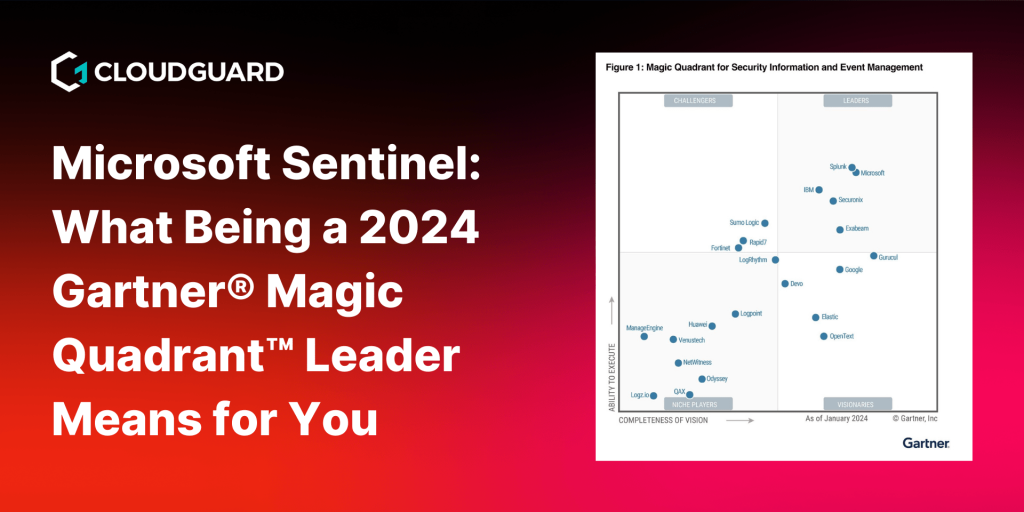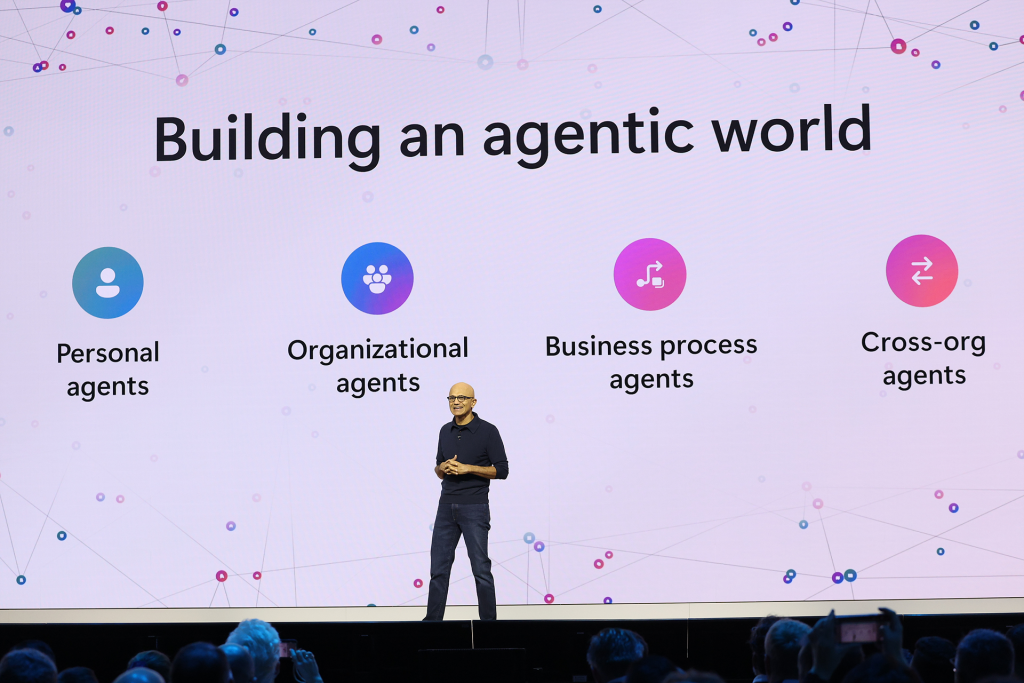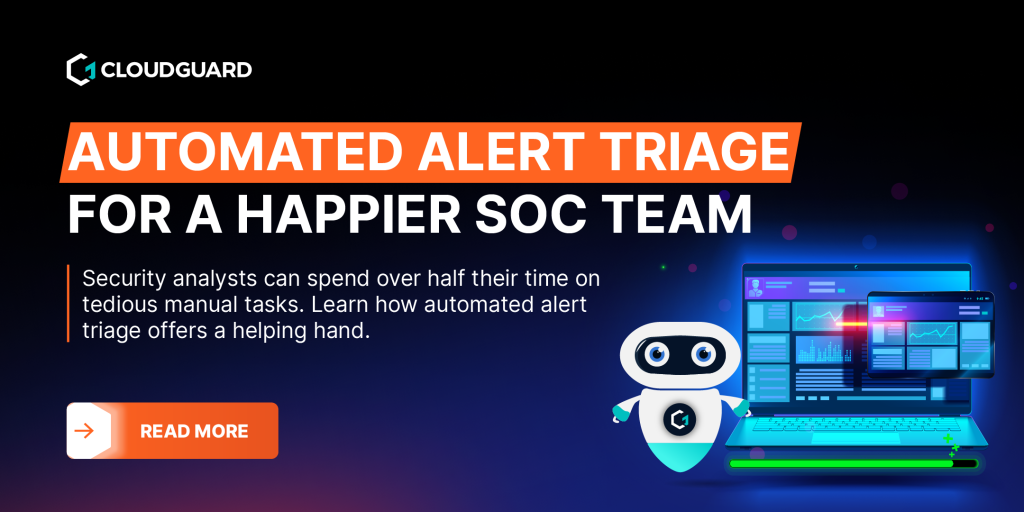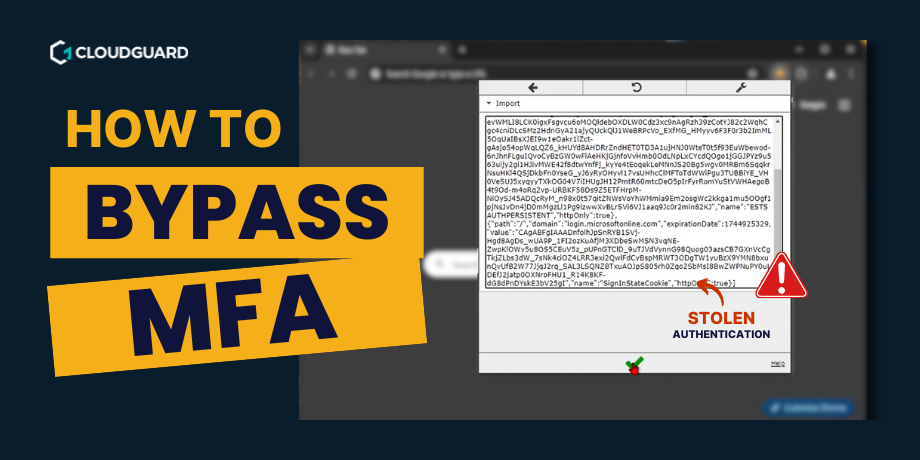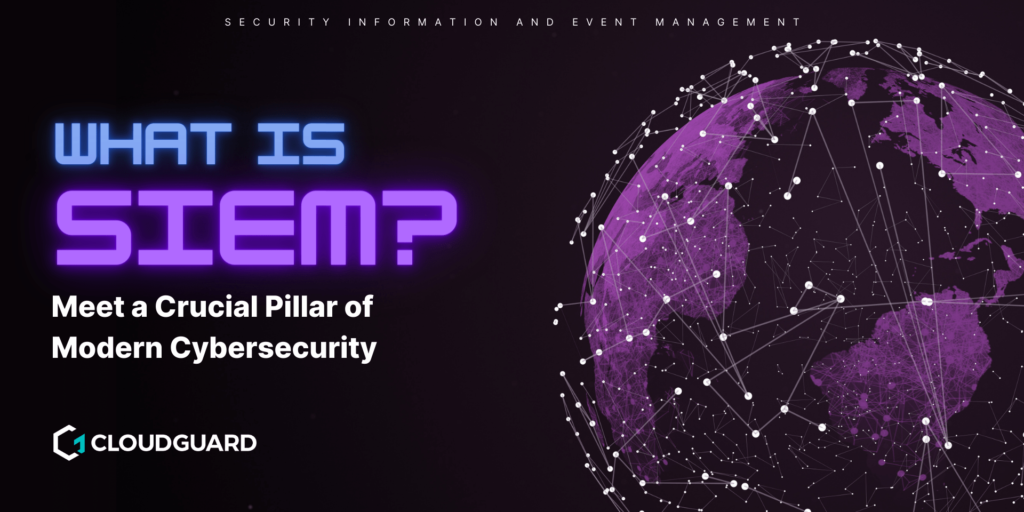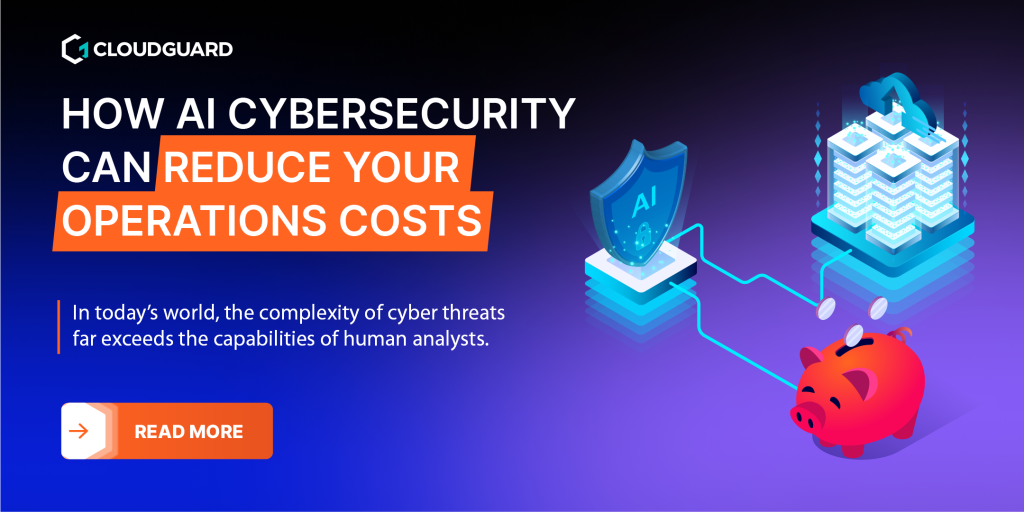Why are deepfakes a cybersecurity issue?
Deepfake technology is set to become a major cybersecurity issue, primarily because it blurs the lines between what is real and what is fake.
With AI and machine learning advancements making it easier to create realistic content, distinguishing authentic voices, images, and narratives from fakes has become increasingly challenging.
The surge in AI-generated deepfakes has been alarmingly fast, with projections indicating that eight million will be shared in 2025—an astonishing 1,500% increase from the 500,000 recorded in 2023.
The pressing question is: Are businesses prepared enough to combat this threat?
The most common threats involve business email compromise (BEC), where attackers use AI-powered voice or video to trick recipients into transferring corporate funds. However, the risks extend beyond financial theft to include credential theft, reputational damage, and authentication bypass.

Why prevention against deepfakes is key
Deepfake technology needs to be prevented before a user clicks a malicious link. This is especially critical when considering targeted attacks on senior roles within businesses and supply chains.
Sophisticated deep fake manipulations can convincingly impersonate senior executives, making it difficult for even trained professionals to distinguish real messages from fakes.
Executives and other high-ranking individuals are prime targets for cybercriminals who use deepfake technology to manipulate communications, alter payment details, and execute fraudulent transactions.
95% of breaches are caused by human error, which means businesses must focus on improving their data authentication processes and employee training to recognise and respond to deep fake threats.
Cyber protections, ranging from employee management solutions to advanced security information and event management (SIEM) systems, are essential.
How to defend your business against deepfakes
Zero Trust Framework
Knowing where to start can be a daunting challenge, but we’re here to help break it down for you.
Defending against deepfakes requires a strategy rooted in the zero trust framework, where every piece of content and email is scrutinised for authenticity. To achieve this, organisations must implement internal security controls to verify the origin of all communications. This approach should extend to partners and supply chains.
Multi-factor Authentication
Incorporating multi-factor authentication (MFA) to confirm the original source of information.
For instance, secure processes for changing details should involve multiple authorisation levels and a mechanism preventing same-day reversals to ensure any changes are legitimate.
Remember, not all multi-factor authentication is created equal. It is important to choose an MFA solution that provide strong security without compromising usability.
Air Gaps
Introducing time delays or “air gaps” similar to those used by banks for high-risk transactions can add an extra layer of protection.
These measures give organisations time to verify the authenticity of requests before acting on them. Also, embedding digital certificates into emails, data, and images will help validate the origin of content.
This method ensures that any material can be traced back to a verified source, providing an added layer of security against deepfake threats.
Defence-in-depth
Organisations must adopt a defence-in-depth strategy to counter the increasing volume and sophistication of deepfakes.
Automated processes for checking and validating content origins will become essential. By integrating these checks and balances, businesses can effectively protect against deep fake attacks, ensuring the authenticity of all communications and transactions.
How to spot deepfakes
We spoke to Ralph Hardwick, Co-founder of WILTY on his advice for spotting deepfakes.
To spot a deepfake, look for unnatural facial features, strange lighting, or mismatched shadows. In videos, pay attention to facial movements, lip-syncing errors, and blurring around faces. Voice deepfakes may sound off, with unnatural pauses or mismatched tone. Shallow fakes, often used for faking documents, can be detected by checking for inconsistent fonts, odd formatting, or mismatched signatures and dates.
While deepfake technology is often viewed negatively, it also has beneficial applications. “Deepfakes can also be used positively, like in training or accessibility, so it’s all about responsible use and it’s important that society learns how to spot the bad actors without fearing the good ones.”
What can we expect from deepfake technology in the next 12 months?
- In the coming year, we’re looking at a significant increase in financial allocations and supply chain transactions, with a 25% rise anticipated. This means that potentially one-fourth of all transactions could be malicious or have malintent.
- It’s alarming to see that 43% of businesses have already cited compromised partner data in the past 12 months.
- Over a third of businesses have experienced a deepfake security incident in the last year. On top of that, business email compromise and phishing continue to exploit human weaknesses. These threats aren’t limited to a single industry; they’re pervasive across all sectors.
How does this happen?
We’ve seen this pattern before, where attacks start out broadly and then become more sophisticated and targeted, increasing their effectiveness.
For example, the casino-related attacks at the end of 2023, where voice synthesis was used to a very high level.
Biometrics, including voice synthesis, are widely used in financial institutions and even for logging into services on our phones. This means we need to be more vigilant about protecting our identities and personal information.
For public figures, whose voices and images are readily available, the risk is even higher as this content can be easily copied and synthesised.
The technology behind these attacks is advancing rapidly with AI and machine learning. While it’s encouraging that these technologies can help us detect and scan for malicious content, it doesn’t stop the generation of such content.
We need better strategies to identify and take down fake content, whether it’s on the Internet or the dark web.
Blocking sources of malicious content repeatedly is crucial, and this is where AI can significantly help.
Conclusion
As the technology behind deepfake attacks continues to advance, so must our strategies to detect, prevent, and respond to them. The good news is that AI and ML scanning techniques are developing just as fast as content is being created. With that being said, prevention is key in cybersecurity, so are actionable steps you can implement immediately after reading this article.
Action Items for This Week:
- Review your data authentication processes. Ensure all are two-step or multi-factor.
- Implement checks for every origination source request for transactions.
- Collaborate with supply chain partners to ensure data authenticity and protection, especially when verifying payment details.
- Use AI-driven tools to monitor and block malicious content effectively.
